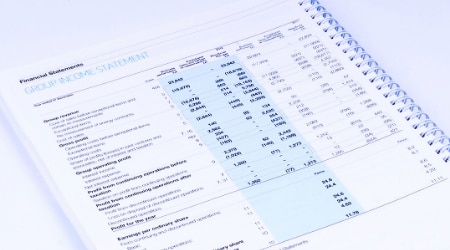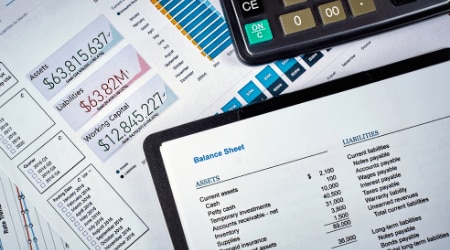As a business you'll typically be selling goods on credit to your customers. This means, you deliver goods or render services, send the invoice, and get paid for them at a later date.
Now, you record the money that your customers owe to you as accounts receivable in your books of accounts, which are one of the important current assets of your business.
Typically, you sell goods or services on credit to attract customers and augment your sales. Likewise, extending trade credit is helpful to your customers for it gives them time to pay for goods or services they purchase on credit.
However, there is an element of risk attached to accounts receivable, especially if you are yet to receive cash against such credit sales. Therefore, it is important that you manage your accounts receivable carefully.
In this article, you will learn:















